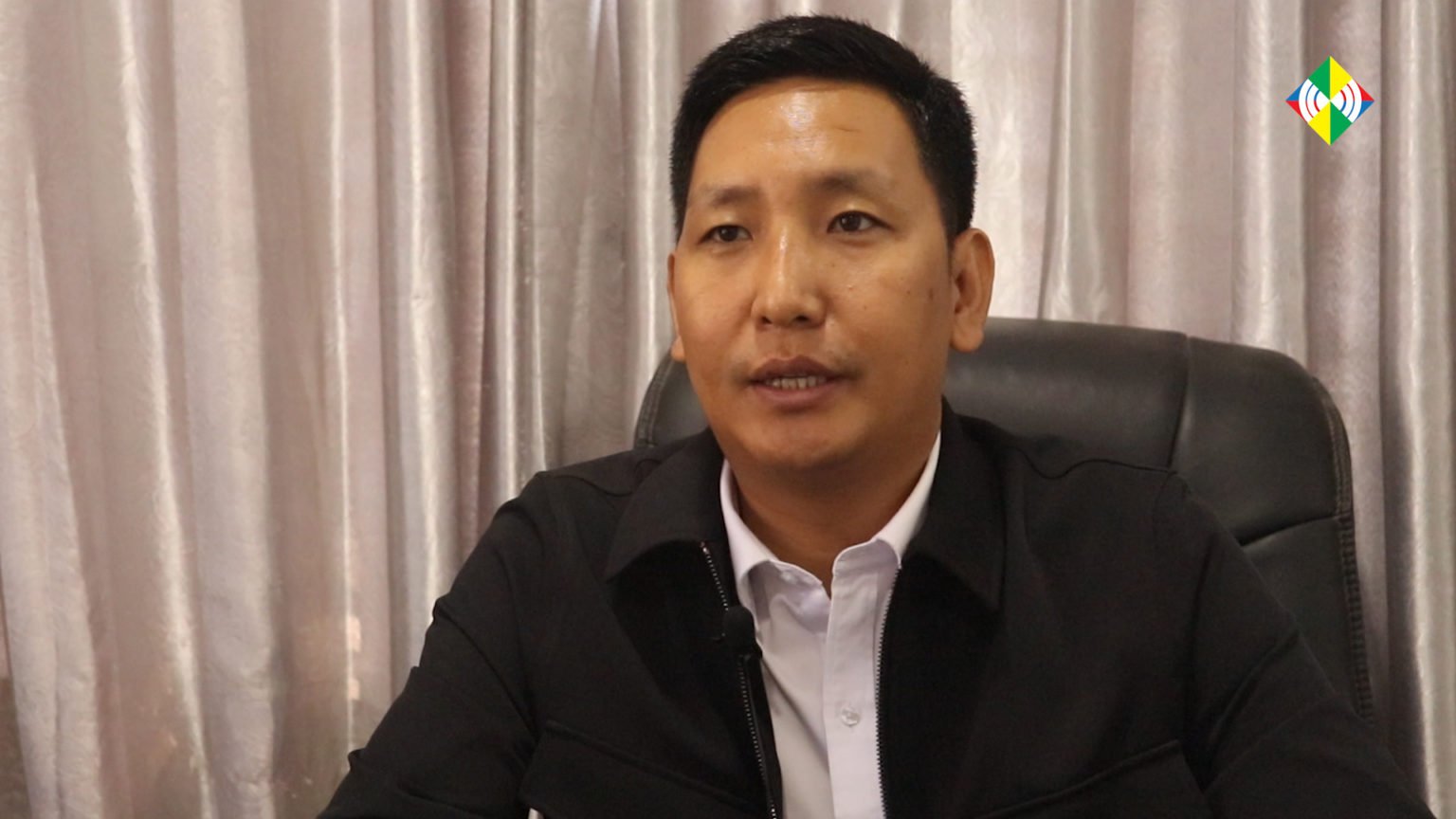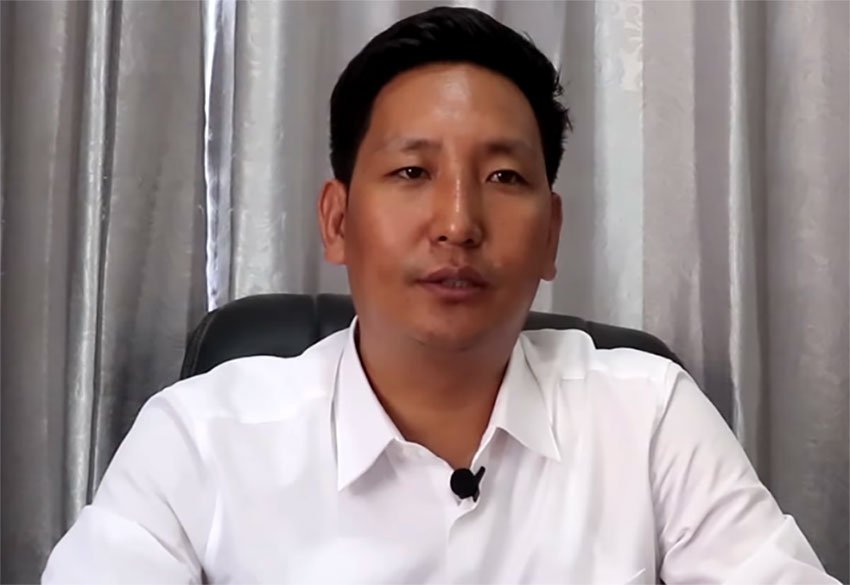KBC: ‘If IDPs Want to Return Home, We Are Ready to Help Them’

The Kachin Baptist Convention (KBC) is preparing to send 500 families of internally displaced persons (IDPs) to pre-selected villages in Kachin State, as part of a resettlement project supported by the Nippon Foundation.
KNG spoke to pastor Hka Li, who is in charge of the KBC’s development department, to discuss who is facilitating, participating in, and funding the move.
There are some 100,000 IDPs in Kachin State, some of whom have been displaced since 2011 when fighting reignited between the Burma Army and the Kachin Independence Army (KIA).
In a press conference, KBC said that IDPs would be sent back this summer. What is the update on this?
Well, we will start it in March. We are investigating the IDP population list, and who is going to return to Shwe Nyaung Pin, Tarlaw Gyi, Kyaung Sakhan, and Dawhpum Yang villages. We are checking our previous and current data about them.
Is this project led by the Kachin Humanitarian Concern Committee (KHCC)?
We are trying to seek the best way for IDPs [to return home] rather than through KHCC.
So the KBC is implementing this project separately?
Yes. The KBC is implementing this project. It’s not KHCC’s implementation.
Are only KBC members are going to return home through this project? Are members of other religious denominations also included?
Both KBC members and other members are included on the list [of returnees]. If they want to return home, we count them on the list. This project is not only for KBC members. There is no religious discrimination. AG [Assemblies of God], COC [Church of Christ], and Catholic members are included in our list.
I heard that IDPs are going to return to 10 villages. What is the update on this—how many villages are there?
Currently, there are Tarlaw Gyi, Shwe Nyaung Pyin, Dawhpum Yang, Kyauk Sakhan, Mong Hkawng, Mungding Pa, Nalung, and Ah Kyae villages.
What criteria did the KBC use to select these villages for IDP return?
From the perspective of the KBC, these villages still exist. These villages are far from any battles. These villages are not located in the overlapping areas between the KIA and Burma Army [territory]. These villages are located in only one administration area. At the same time, the villagers really want to return to these villages. Villagers do not need to re-build these villages. For example, in Tarlaw Gyi, 60 percent of the village’s villagers are still living there. Villagers are still living in Shwe Nyaung Pyin and Dawhpum Yang villages. These villages were not completely destroyed. This is what we consider. We focus on their desire [to return home]. It depends on them.
Villagers from Nalung sought refuge in the KIA’s control area. Are these IDPs who are returning home from the government or KIA-controlled area?
It depends on their understanding. If they want to return home, they must report to the authorities of the respective camps. But we are ready to help them. Our project is not ‘must return.’ It depends on them. If they want to return home and resettle, we are ready to help them.
So both children and adults are going to return. How can these children enroll in school by June?
I think some children may be late to enroll in school. It’s because we are just starting our project. We need to take time for construction. We still need to negotiate with the government for the education of these children. No matter what, the government has a responsibility to provide education, electricity, communications infrastructure and road development. For us, we will provide shelter and food for a few months. The government will have some responsibility for these people.
What percent of this project implementation is carried out by the government and international organizations?
It’s difficult to say what percentage. We will only report our plan to the government. Participation depends on them. What I understand is that the respective government departments need to know about this resettlement project. I think they will participate in this project.
How will the process of landmine removal start?
A restricted area still remains in the area of Kyauk Sakhan village, but some villagers are going to return, so we have to report it to the government. It’s another agenda to be discussed with the government.
How many people gave their names for the list of IDPs who want to return home?
Five-hundred families gave their names for this pilot project. In practice, 1,000 families are ready to return home. We are still calculating the funds for this project. So we plan to send back 500 families to their villages in 2020. It depends on them. We are ready to help them.
This is a KBC-implemented project. Is there any update on the discussion between the KHCC and the government regarding IDP return?
KHCC and the government have discussed drawing up a policy. The JST [Joint Strategy Team], KHCC and the KBC jointly drafted a policy related to IDP return. We already reported it to the KIO. The KIO agreed to it. But we still need to send it to the government. We have yet to send it to the government. We already told KHCC to send it to the government. There are no productive results that have come out from the discussion between the KHCC and the government. In this situation, the government has tried to close IDP camps. At the same time, IDPs are trying to return home by themselves. Therefore, respective organizations need to help these IDPs who want to return home. The KHCC is trying to discuss with the government for the IDPs to return home.
What is the funding situation for 2020 to support both the IDPs in camps and the villagers who return home?
It is difficult to get funds. Funding is getting decreased every day for IDPs both in the government- and KIO-controlled areas. Some local NGOs aren’t getting funds, so they cannot provide any assistance to these IDPs. They told us they could not provide it.



